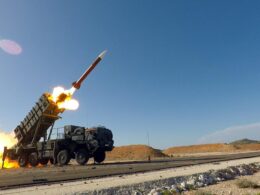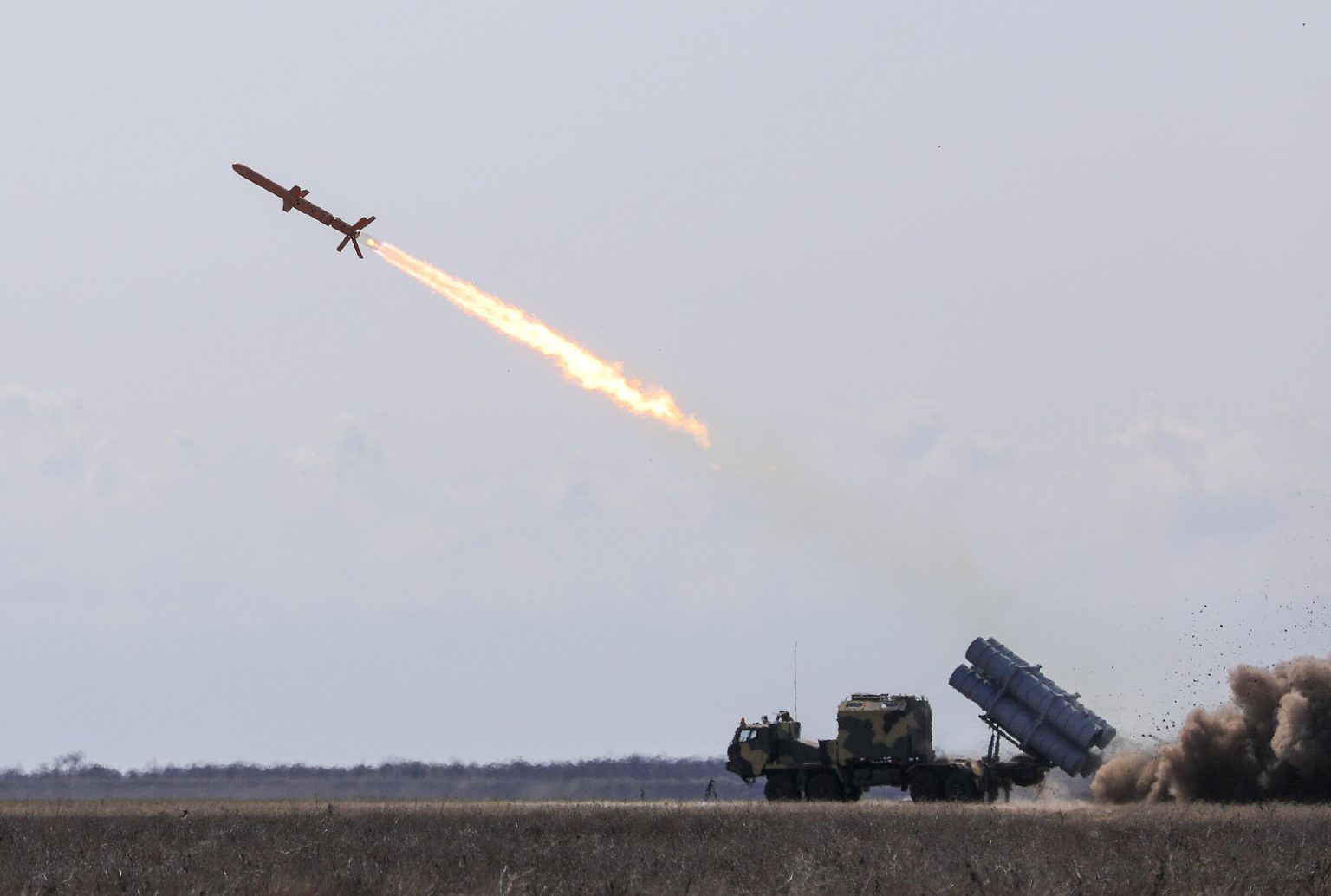“Systems like SM-3 from Aegis or Aegis Ashore, as well as most likely Arrow 3 and THAAD (Terminal High Altitude Area Defense), can absolutely deal with this type of threat,” revealed the expert.He noted that the economic factor poses a bigger challenge than the interception itself, as destroying all the warheads of intermediate-range ballistic missiles would require a large number of interceptors. Media reports say Kyiv has already begun negotiations with Washington about acquiring an air defense system capable of countering such attacks. The military is considering two primary options: either upgrading the existing Patriot air defense system or acquiring a THAAD system.
Ukraine eyes THAAD, Patriot enhancements against new Russian threats
Related:
- CNN: Russia breaks Cold War deterrence doctrine with multiple warhead missile strike on Dnipro
- Moscow’s first ICBM attack: Russia hits Dnipro with intercontinental ballistic missile injuring two
- Pentagon: No signs Russia preparing nuclear weapons use against Ukraine
- ISW reports Kremlin threats over US approval of Ukrainian ATACMS strikes inside Russia





